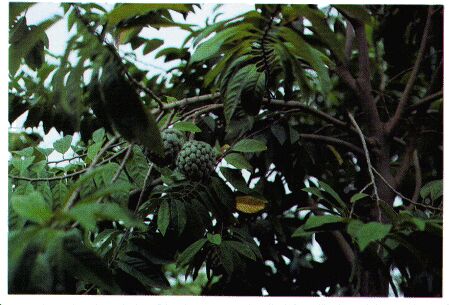 |
 |
 |
 |
| APPENDIX B |

Description: This tree grows about 15 meters high and has huge leaves up to 6 meters long. Needlelike structures stick out of the bases of the leaves. Flowers grow below the leaves and form large conspicuous dusters from which the fruits grow.
Habitat and Distribution: This palm is native to the East Indies but has been planted in many parts off the tropics. It can be found at the margins of forests.
Edible Parts: The chief use of this palm is for sugar. However, its seeds and the tip of its stems are a survival food. Bruise a young flower stalk with a stone or similar object and collect the juice as it comes out. It is an excellent source of sugar. Boil the seeds. Use the tip of the stems as a vegetable.
|
CAUTION
The flesh covering the seeds may cause dermatitis. |
Other Uses: The shaggy material at the base of the leaves makes an excellent rope as it is strong and resists decay.

Description: This tree is small, seldom more than 6 meters tall, and multi-branched. It has alternate, simple, elongate, dark green leaves. Its fruit is green when ripe, round in shape, and covered with protruding bumps on its surface. The fruit's flesh is white and creamy.
Habitat and Distribution: Look for sweetsop at margins of fields, near villages, and around homesites in tropical regions.
Edible Parts: The fruit flesh is edible raw.
Other Uses: You can use the finely ground seeds as an insecticide.
|
CAUTION
The ground seeds are extremely dangerous to the eyes. |
| Updated: 12 January 2008 |
|
Born on 09 January 2000 |